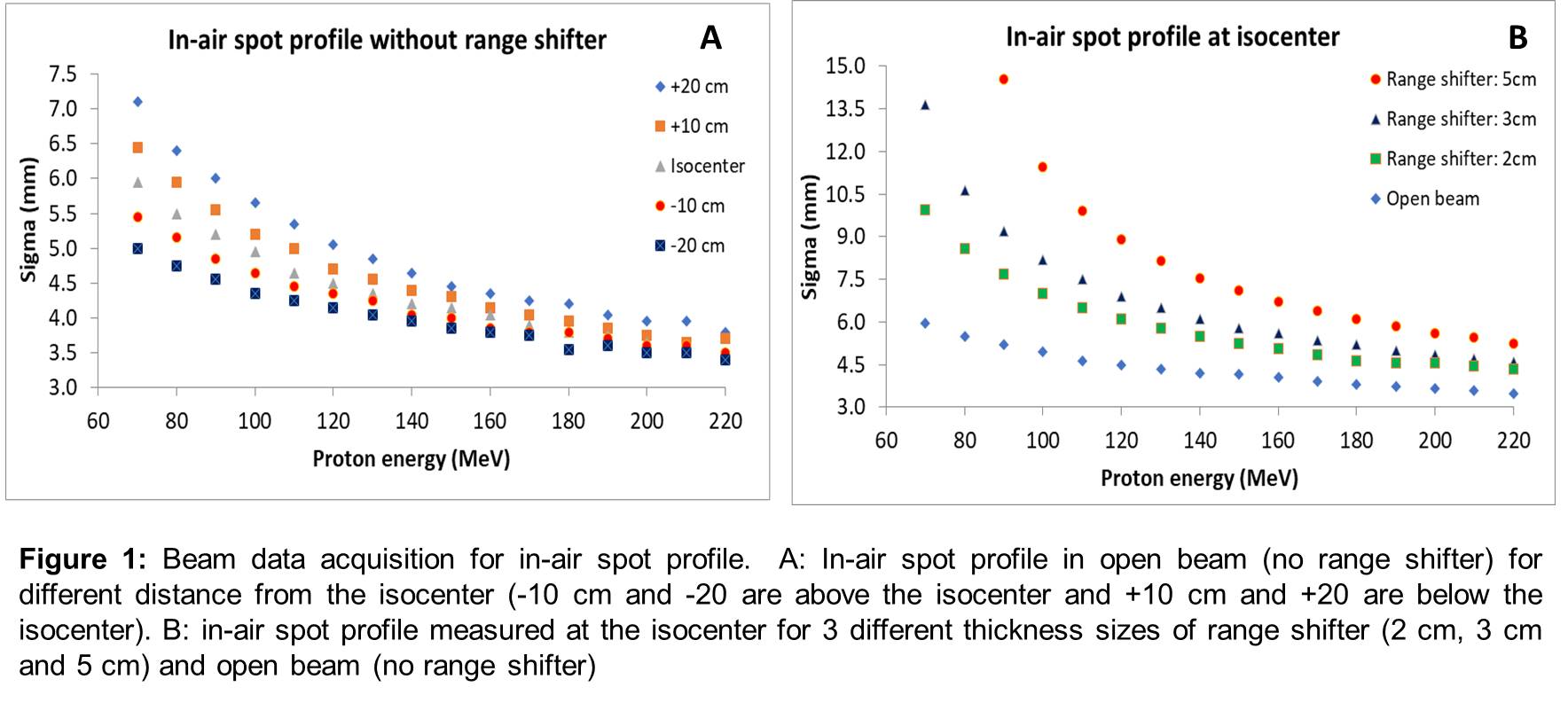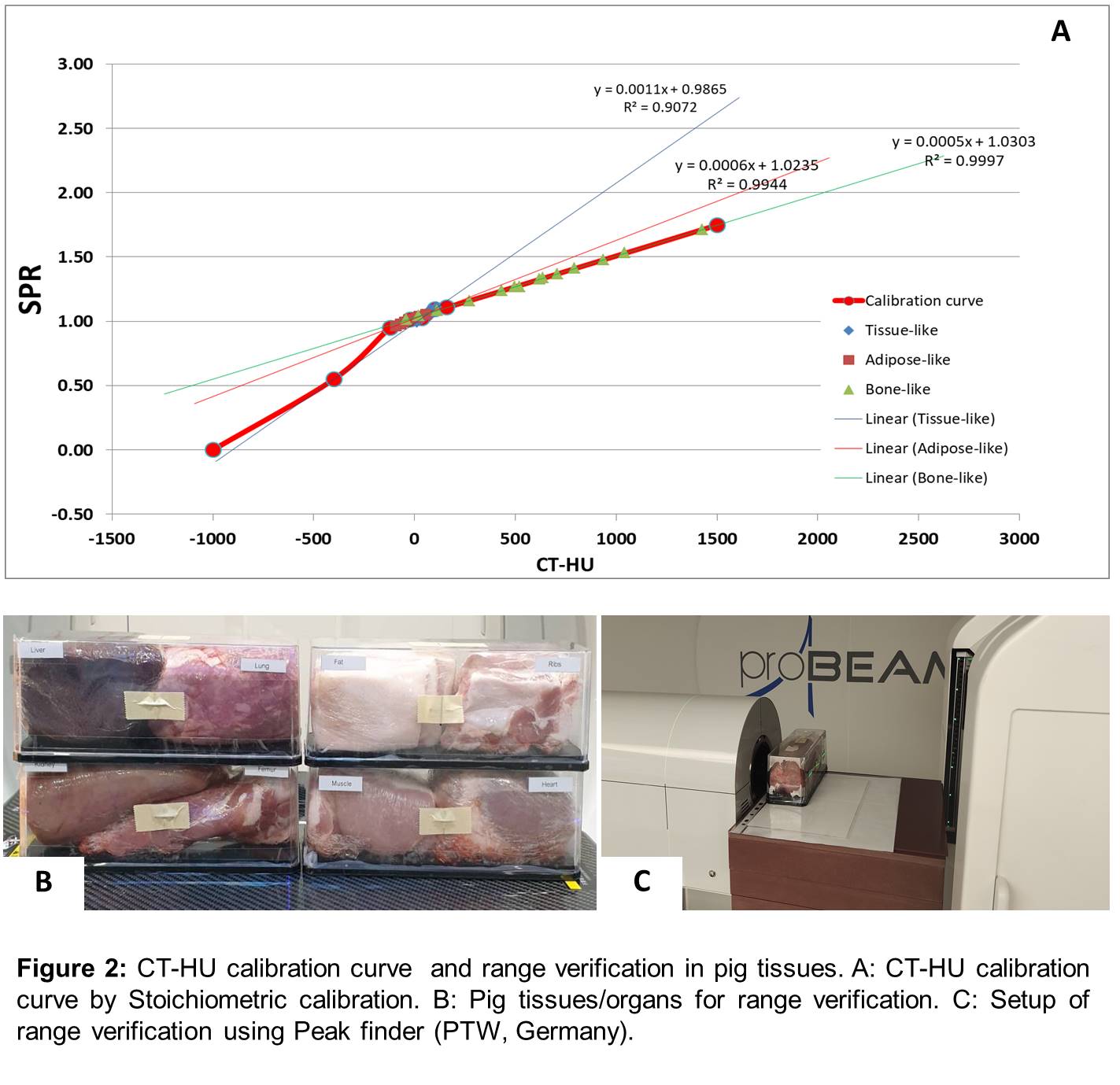Commissioning and clinical beam characterization of the proton therapy compact-gantry system
Sirinya Ruangchan,
Thailand
PO-1647
Abstract
Commissioning and clinical beam characterization of the proton therapy compact-gantry system
Authors: Sirinya Ruangchan1,2, Isra Israngkul Na Ayuthaya1,2, Mintra Keawsamur1,2, Sornjarod Oonsiri1,2, Sivalee Suriyapee3,2, Taweap Sanghangthum3,2
1King Chulalongkorn Memorial Hospital, Department of Radiology, Bangkok, Thailand; 2Her Royal Highness Princess Maha Chakri Sirindhorn Proton Center, Department of Radiology, Bangkok, Thailand; 3Chulalongkorn University, Department of Radiology, Bangkok, Thailand
Show Affiliations
Hide Affiliations
Purpose or Objective
This work reports on the commissioning
and clinical beam characterization of proton pencil beam scanning system, ProBeam
Compact (Varian Medical System,
Palo Alto, CA) at the first proton
compact gantry in Thailand.
Material and Methods
ProBeam Compact proton
therapy system is a single room combined with the 360-degree gantry system and
robotic couch, using the cyclotron accelerated proton beam for the pencil beam
scanning technique. The proton system commissioning and clinical beam
characterization of (1) radiation
safety and interlock verification, (2) gantry and patient table mechanical
testing, (3) CBCT and kV image acquisition, 4) proton beam characterization and
data commissioning for Eclipse proton algorithms (Eclipse proton V.15.6, Varian
Medical System) and (5) dosimetric validation and end to end test in the
clinical condition were performed and discussed.
Results
Radiation safety was monitored
and reported within the tolerance limit for all areas. The safety access
control feature and emergency stop were well operated. The gantry and patient
table mechanical tests showed a good performance within the acceptance
criteria. The CBCT and kV image acquisitions were well
functionally and suitable for the image-guided therapy procedure. For proton beam characterization, the results were in good agreement with
the published work and theoretical calculation. Proton integral depth dose,
in-air spot profile (figure 1),and the absolute dose calibration, together
with the calibration curve of CT-HU and relative stopping power (figure 2) were successfully obtained and modeled into the Eclipse proton treatment
planning system. According to the dosimetric validations, dose
distributions with and without range shifter were comparable between dose
calculations and measurements within the acceptable clinical criteria (within
3%).


Conclusion
The first proton therapy
center in Thailand was successfully commissioned. The acceptable verification
results and the dosimetric validations ensured that the proton therapy system
is ready for clinical use.